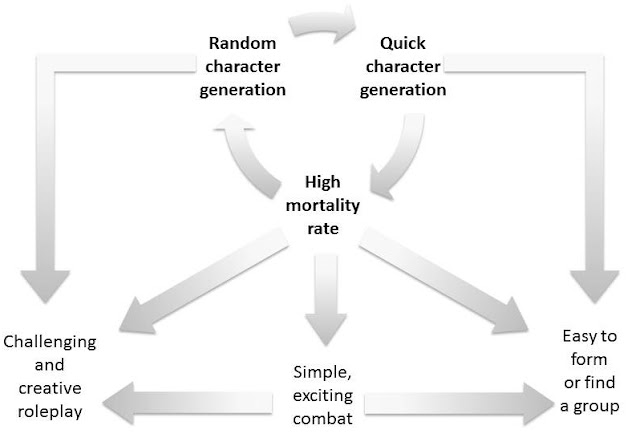The first thing I fell in love with about Dungeon Crawl Classics RPG (DCC) was the new take on the fighter - thanks to the wonderful 'Mighty Deeds of Arms' mechanic.
It works like this: Among other perks, the 'Warrior' class gets a damage bonus (starting at +d3 and progressing to +d4, +d5 etc.). This bonus die also determines success or failure for any special maneuver you'd like to make up during the game (disarming an enemy, swinging from a chandelier etc.).
The mechanic is granular enough to be intuitive ("You wanna push him over the cliff? You'll need to roll a 4+ on your deed die.") and doubles as a reasonable damage (and attack) bonus. I'd personally prefer a trade-off (e.g. bonus damage or special maneuever) but that's easily house-ruled.
The mechanic constitutes a sub-system of its own and demonstrates that - far from needlessly complicating a set of rules - this approach can provide tailor-made solutions. Using the standard d20 resolution mechanic ("Pushing over a cliff is a DC 15 check.") would have required an extra roll or similar contortions.
*-*-*
The mechanic constitutes a sub-system of its own and demonstrates that - far from needlessly complicating a set of rules - this approach can provide tailor-made solutions. Using the standard d20 resolution mechanic ("Pushing over a cliff is a DC 15 check.") would have required an extra roll or similar contortions.
*-*-*
The next thing I adore is that magic is inherently dangerous. Spell castings can go awry and displease the character's deity (clerics) or cause corruption (wizards).
This captues the feel of Appendix N fiction very nicely and solves the problem of magic being a reliable everyday resource. I don't want to think about settled wizards casting their daily allotment of spells and thereby competing with craftsmen etc. and requiring me to rethink the whole quasi-medieval world.
To this end (i.e. dangerous magic), the DCC rules provide many magnificent tables. Every spell has its own table with information on effects, side-effects, failure and so on.
These tables make up the bulk of the massive book (480+ pages) and make it a steal at $40. It's easy to lift ideas like Mighty Deeds for your own game, but lovingly detailed, well-made tables are invaluable.
*-*-*
There are numerous other things
I applaud (the character funnel, the Luck stat, the supporting line of adventure modules, the attitude) but if I had to choose just one more thing to single out for praise,
it would be Doug Kovacs' outstanding dungeon maps (check out some samples here).
I find them very useful at the table. The artistic detail makes it easy to (a) remember what a room was all about -- which means less flipping through the adventure -- and (b) to envision the atmosphere and improvise evocative descriptions on the spot. This is vastly superior to reading out boxed flavor text (also provided by the adventures, if that's your thing) or hunting down the description of room 9b or whatever.
I find them very useful at the table. The artistic detail makes it easy to (a) remember what a room was all about -- which means less flipping through the adventure -- and (b) to envision the atmosphere and improvise evocative descriptions on the spot. This is vastly superior to reading out boxed flavor text (also provided by the adventures, if that's your thing) or hunting down the description of room 9b or whatever.
Perhaps more importantly, they look so damn cool that they make me want to run the corresponding adventure (or something of my own devising for that map). It's all well and good to have classic blue-and-white maps but to me, nothing screams "Run this adventure!" more loudly than Doug Kovacs' maps.










